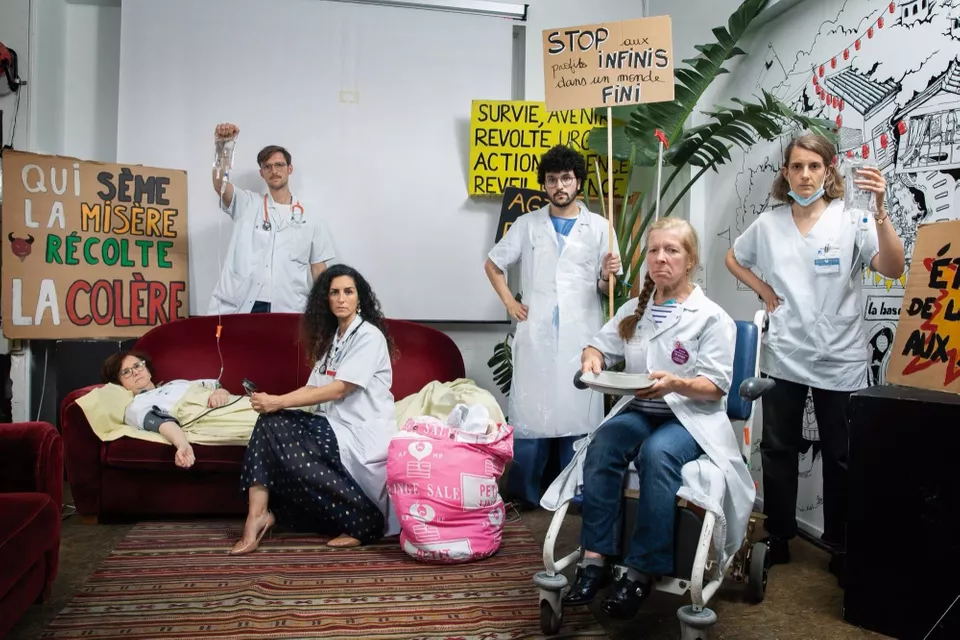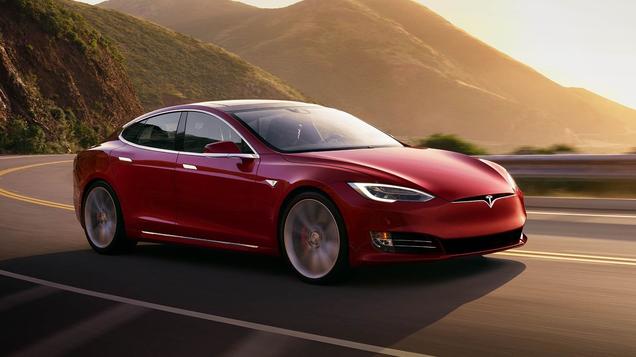Faced with climatic issues, soft mobility could considerably bear the decongestration of city centers, facilitate travel and reduce air pollution of metropolitan areas.
VAEs in the service of new environmental and societal issues
Cheaper, more agile, available to people of all ages, without a need for a license, the electric bike is an intelligent, economical and green alternative to the car, especially at a time when urban sprawl is accentuated.The covid had the effect of pushing many people to abandon the ultra-urban lifestyle to find refuge in less dense and more wooded areas.
However, far from the city center, public transport often comes to be missed to cover distances that lie down as places of residential become less dense.And at a time when the fight for the climate is urgent, the use of the car is no longer possible.Consequently, the question arises: how to move in these peri -urban areas which attract an increasing number of French?
Lesvae as a vector of change throughout France
To hear their detractors, one might think that these new modes of travel, alternative to the car, such as the VAEs, ultimately only develop in the limited framework of Ile-de-France.But that would be a mistake: electric bikes are not characteristic of Ile -de -France populations living in hypercentre, living in a Parisian bubble disconnected from the realities of the rest of the territory, quite the contrary.
In fact, the craze for the electric bike does not know the borders, and its influence extends throughout France, as evidenced by the many initiatives linked to the VAE, originally from all regions (Biarritz, Nantes, etc..) with regional purchase premiums.The distances traveled by bicycle increase with the VAE, as well as the infrastructure provided by communities: cycle paths, parking or boarding of bikes are keys that allow the increase in multimodal transport in regions.
A political awareness
The political world is gradually informed of new changes related to mobility and increasingly incorporates bikes into their transport policies.Debates during regional have shown it: there is a consensus, on the right and on the left, around the need to develop cycling mobility.In Ile-de-France as in the PACA region, many candidates undertake to create more cycle paths.In parallel, the bicycle services supported by the regions or communities are increasing: Vélib 'and Véligo in Paris, V'Lille in Lille, Vélo'v in Lyon, V3 in Bordeaux ... The “V” initiatives are not lacking and havevocation to extend their grip in all French metropolises.These dynamics are also supported and reinforced by a growing offer from VAE offered by the private sector, like Lime which had replaced Jump, Dott or Tier.

This effervescence pushes cities to invest in ever higher sums in cycle infrastructure, which should reach nearly one billion euros between 2020 and 2026.These arrangements would not fail to enhance the territories by making them benefit from new forms of tourism, the creation of local industries or simply an increased quality of life.The new projects crisscross an increasingly “bike-friendly” France: here, a track to connect Estaires and Neuf-Berquin;There, another between Aguessac in Millau;New developments are about to see the light of day in Jullouville, Caen or Cambrai.This momentum does not come from the sole chief of the communities, but is an obligation inscribed in the law, first arranged in the Laure law (Air on air and rational use of energy) of 1996, and then reaffirmedIn 2019 by the LOM (Mobility Orientation Act) law as well as by the Climate and Resilience Bill.
The trip revolution takes the form of complementarity of transport
The tilting that takes place today in favor of electric bikes is the beginnings of a real transport revolution.The VAEs ultimately represent only a stone at the building of the immense structural turnaround in favor of multimodal trips, defined as the use of at least two types of transport during a trip, combining public transport, cars co-Shared and soft mobility.Multimodality is an opportunity for users of public transport, especially for the inhabitants of peri -urban areas for whom the daily distances to be traveled are longer, to optimize the time spent moving while considerably reducing their carbon impact.Transport companies have understood this, and some, such as RATP have already started to adapt to cyclists' expectations and help them combine cycling and public transport.Still remains, for multimodality to be democratized even more, to develop and generalize the creation of complete regional transport passes which would allow access not only to buses, trams and metropolitans, but also to bicycle, mechanical and electric services.
As we can see, the rise of soft mobility - especially motorized - emancipates stereotypes by touching all regions, all urban areas, whether they are not populated or in the direct vicinity of the most important French metropolitanities.public from all stripes, that by citizens of all regions, the VAEs and forcefully embody the National Transport Revolution and the emergence of a new paradigm at the center of which multimodal trips will have the right part.
Les vélos électriques, véhicules de la décentralisationVAEs in the service of new environmental and societal challenges cheaper, more agile, available to people of all ages, without a need for a license, the electric bicycle constitutes an intelligent, economical and green alternative to the car,...
I manage my push subscriptions










Samsung Galaxy S22, Uncharted et pl...
Tesla: you can now enjoy YouTube in...
EM – Butler vs Purdue Basketball Li...
Nantes. A child victim of an acci...